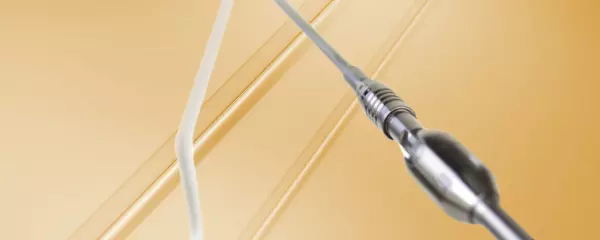
medical bees offers a large product program for Fixation/ stabilization/ retraction with complete se...
Portal and digital medical technology fair of the largest MedTech cluster in Germany

medical bees offers a large product program for Fixation/ stabilization/ retraction with complete se...

Linear axes, rotary axes, rotary modules and grippers with either electric or pneumatic drives form...
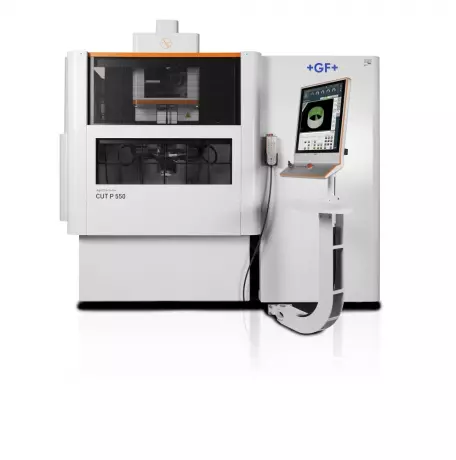
Wire EDM is GF DNA. Smart spark management prevents from wire breakage and surface damage, when cros...
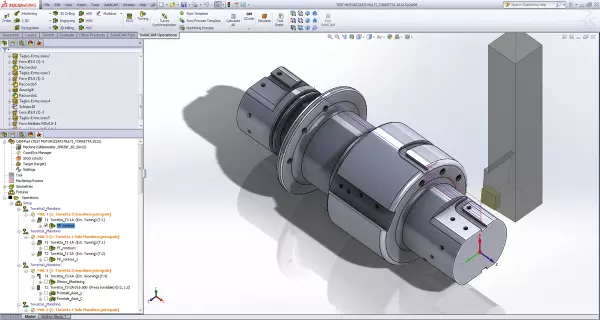
SolidCAM - The leading integrated CAM complete solution with the incredible iMachining technology...
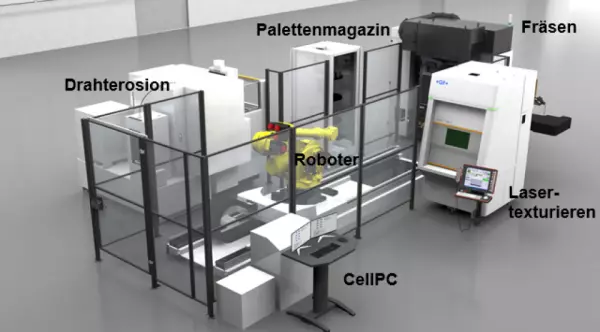
Automation / zero point indexing systems
Various automation solutions, integrating GF machines as well as other brands, combined with other p...
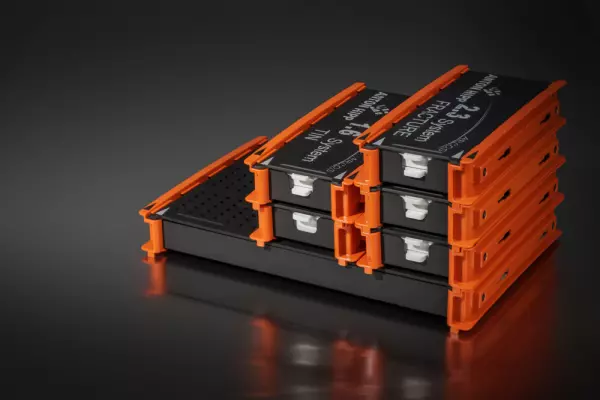
We offer a large number of sterilization containers for optimal storage and sterilization of our ins...
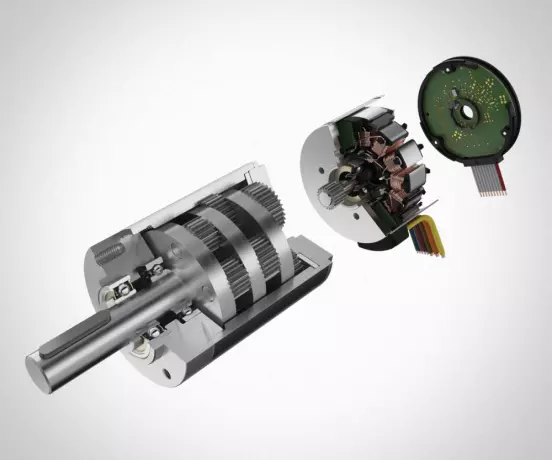
Most users do not need individual motors to realise their drive solutions. They are better off with...
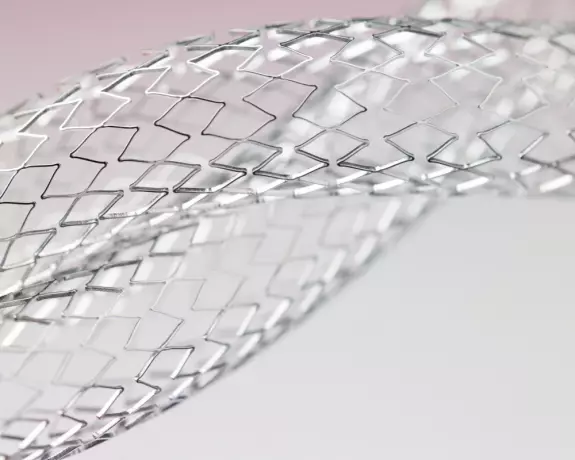
Time equals money when turning an idea into a marketable medical device. To accelerate your journey...
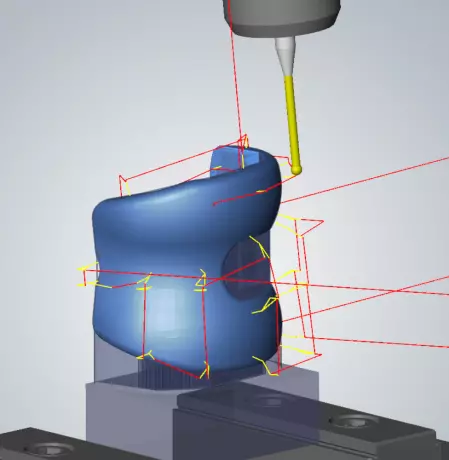
Intelligent component alignment for medical...
Intelligent component alignment at the push of a button Do you know the problem? You align the r...
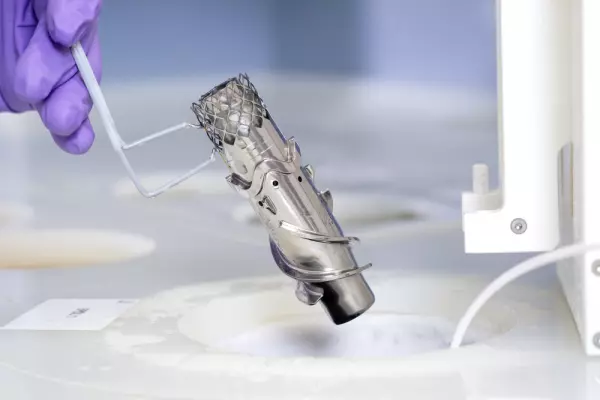
Our NSX business unit is primed to take your ideas all the way from inspiration through initial prot...
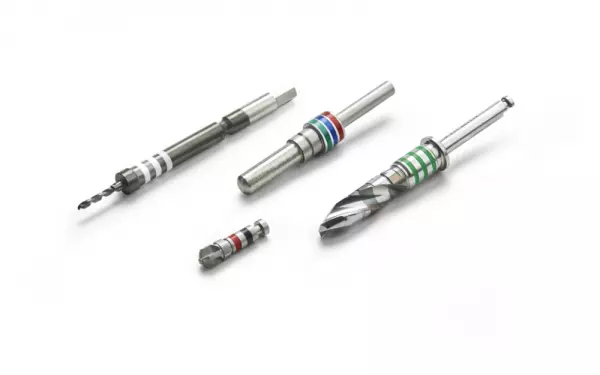
ART-tech® the innovative colour-coding system...
ART-tech® - the innovative colour-coding system ART-tech® is an extremely resilient colou...

Feeding technology for medical technology
As a leading specialist for small and very small parts, Afag offers a unique portfolio of innovative...
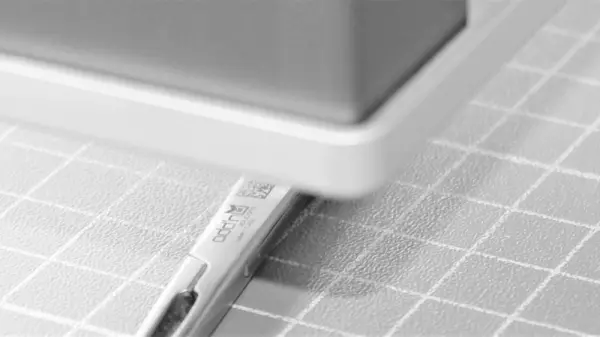
UDI code verification according to ISO15415...
Verification means providing evidence that a fact is true. Using the UDI code verification in accord...
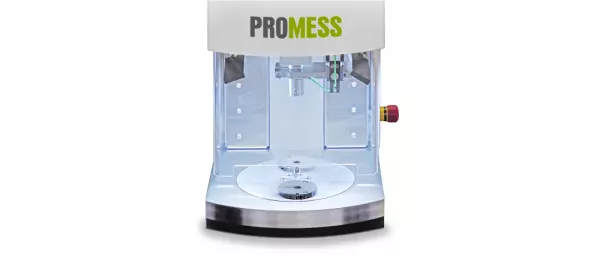
Manual Workstation UFM-C-Compact
plug and play For the processing of small to medium-sized series, or for testing and checking mater...
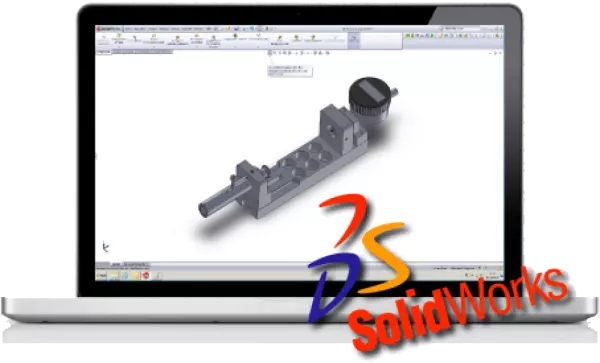
Contract manufacturing of precise turned...
Contract manufacturing of precise turned and milled parts for medical technology perame...
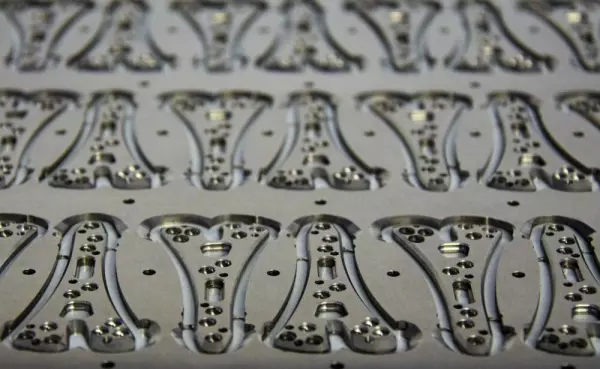
Deburr bone plates quickly and evenly Titanium bone plates are tough. This is because these parts...
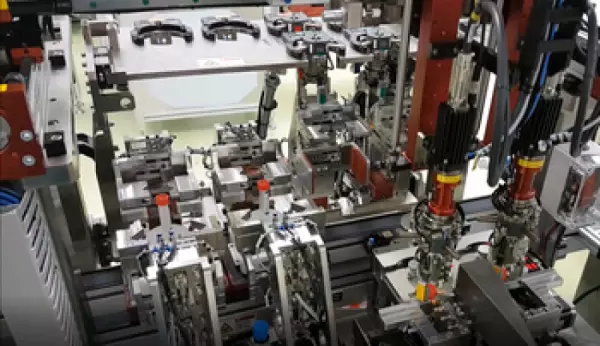
requirement 7-axis portal system for efficient and fast sealing of DNA sample vials A system that ca...
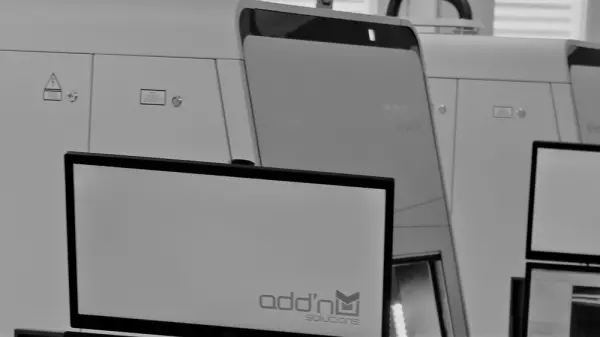
With modern equipment, we can label your products precisely and in a validated manner. To implement...
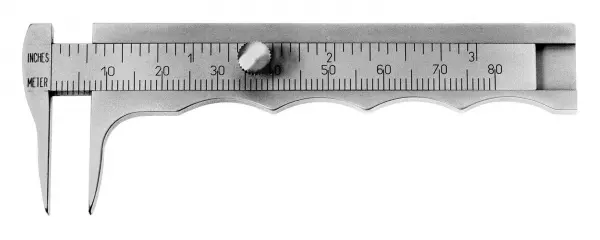
Our calipers and are made of stainless steel, which guarantees a much longer lifetime than chrome-pl...
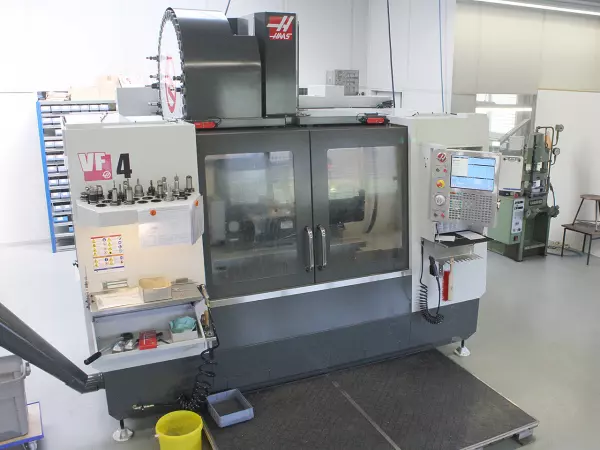
We manufacture milled parts from stainless steel, brass, titanium and aluminum according to a sample...
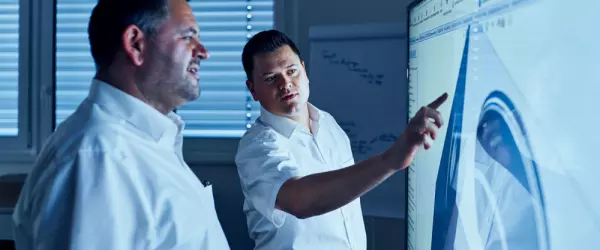
Saws / laser welding machine / other
1 x hydropneumatic aluminum circular saw machine Eisele Cutting area 100x100 mm or 160x80 mm, repea...

Post-processing of ready-to-install parts
We supply you with ready-to-install parts More and more manufacturing companies are reducing their v...
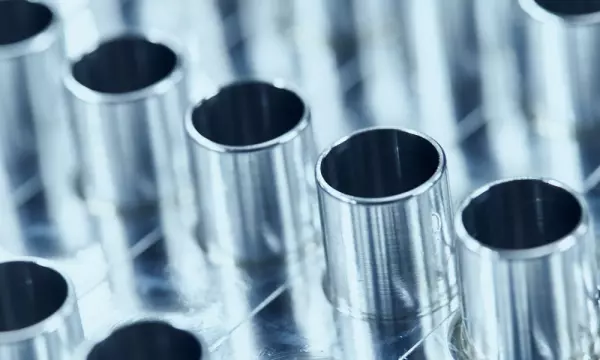
Surface treatment / deburring / cleaning
1 x SIGG sandblasting cabin with special coating only for VA parts 1 x SAPI sandblasting cabin...

Contract Packaging and Sterilization for...
Contract Packaging and Sterilization of Medical Products From raw material to ready-to-...

Pre and post screwing of covers
requirement A screwing solution suitable for a clean room for two quick pick-and-place operations th...
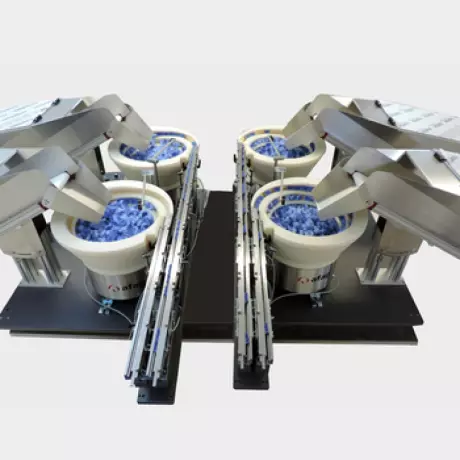
Feeding solution for the production of Covid-19...
Delivery of sample recipients for Covid-19 test units 45 sample recipients per minute were to be fed...
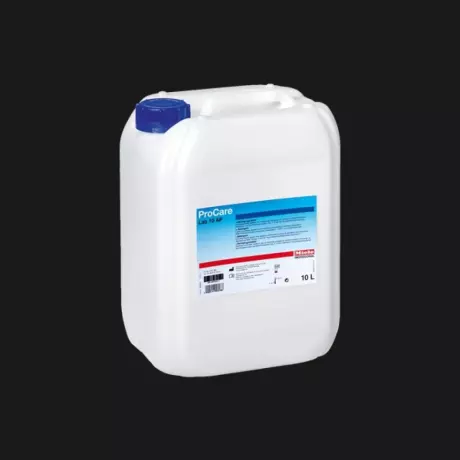
Procare liquid cleaners and powder cleaners...
LabTech Labortechnik GmbH offers you a large selection of laboratory technology - Procare liquid cle...

News about COVID-19: Elbow door opener Corona viruses are transmitted as a droplet infection. The...

Darwin - the intelligent Machine Benchmark
Our AI-tool Darwin reduces your bottleneck cycle time by 6-10% by learning a virtual ideal process o...
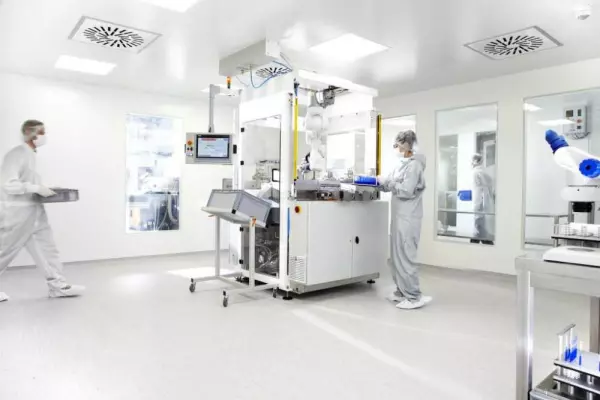
Injection molding advantages for medical...
We have been successfully developing and manufacturing plastic parts and assemblies for medical tech...

Localisation of Medical Software
Software localization Software localization – developing and adapting software, online help...
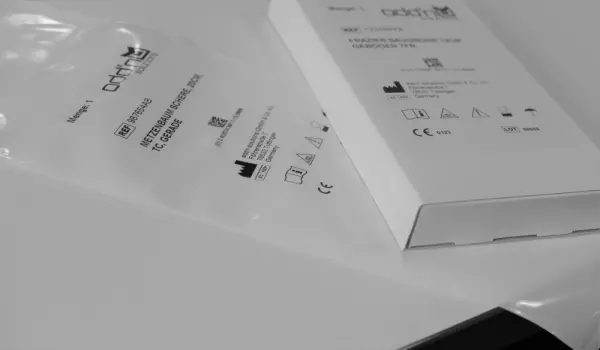
Global regulatory agencies such as the US FDA and the European Commission have issued strict guideli...
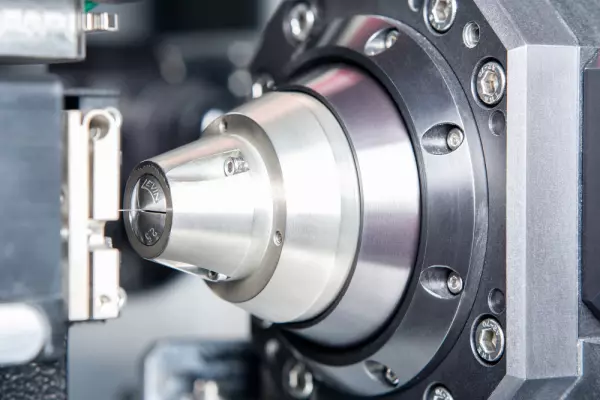
Laser technology for the medical device industry
ADMEDES customers benefit from the deep process know-how we have earned since our founding in 1996....

Automatic measurement on the CNC machine
Measuring on the CNC machine for more productivity hyperMILL® PROBING is the optimal and user...
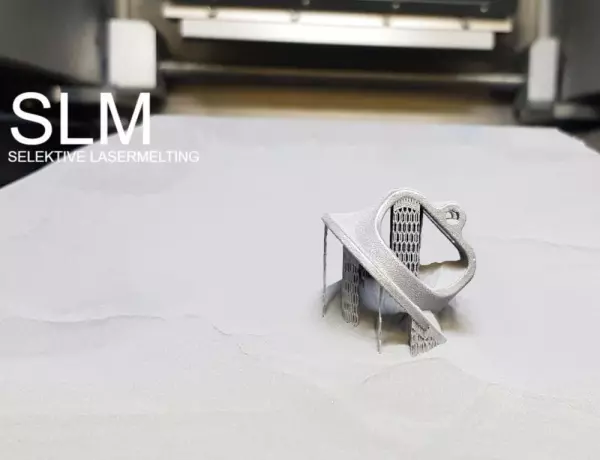
Selective laser melting (SLM), like laser sintering, is one of the methods of powder bed-based melti...
 Product portfolio and range of services in Machines, production technology, mechanical engineering, machine manufacturers for the medical technology industry in medical technology or other healthcare-related industries .
Product portfolio and range of services in Machines, production technology, mechanical engineering, machine manufacturers for the medical technology industry in medical technology or other healthcare-related industries .
In 2011, Germany's machine industry employed 900,000 people and 300,000 overseas. The combined turnover of this industry was EUR238 billion, of which 60% was exported. This industry consists of 6,600 active companies, with 95% employing fewer than 500 people. The average annual turnover per employee was 148,000 Euros. There are many different types of machines. Let's take a closer look at some of the common technologies that are used in manufacturing today.
Modern machines are complex systems consisting of structural elements, mechanisms, and control components. They are highly automated and require no human input. A machine can be anything from a car to a building air-handling system. From farm equipment to factory automation systems, there are a large number of different types of machines available to manufacturers today. The variety and range of modern machines is staggering, ranging from simple hand tools to elaborate assembly lines.
The most common types of machines include tractors, sewing machines, and automobiles. Industrial machinery uses a variety of mechanisms to control movement, including gear trains, belt or chain drives, cam and follower systems, and computer controllers. Some examples of machines include automobiles and appliances for the home, factory automation systems, and farming equipment. A good introduction to manufacturing technology can be found in Uicker's Handbook, which is available at the Industrial Press Inc. website.
Prior to the Industrial Revolution, there were several types of machines used. These machines were manufactured on a smaller scale in artisan workshops, with small-scale components. As industry and transportation developed, the manufacture of machine parts began. The first machine factories were comprised of composite tools that were made for a variety of uses. These included textile machinery, agricultural machinery, and even engines for ships. And, of course, the first automobiles and motorcycle manufacturers began to build their own factories.
Before the industrial revolution, there were a variety of machines and production technology. Initially, these machines were produced in small artisan workshops, but were made for a local market. Then, manufacturers began to use composite tools that were more complex than the tools used to make tools. These new factories made textile machinery, automotive parts, and ship engines. These industries are remarkably diverse and incredibly complex. It is easy to understand how these two fields relate to one another.
In addition to machines, the industry also includes supporting equipment. In addition to machines, this sector produces equipment for heating, air conditioning, and ventilation. This equipment is essential for the manufacture of consumer goods, such as cars, refrigerators, microwaves, and television sets. Additionally, the industry uses a wide range of tools to manufacture a variety of products and services. The steel industry also supplies the machinery. Its main customers are the metal and the steel industries.
Become a digital exhibitor yourself in the online portal of the largest and best-known MedTech cluster region in Germany and inform the world of medical technology about your products and services as well as about news, events and career opportunities.
With an attractive online profile, we will help you to present yourself professionally on our portal as well as on Google and on social media.